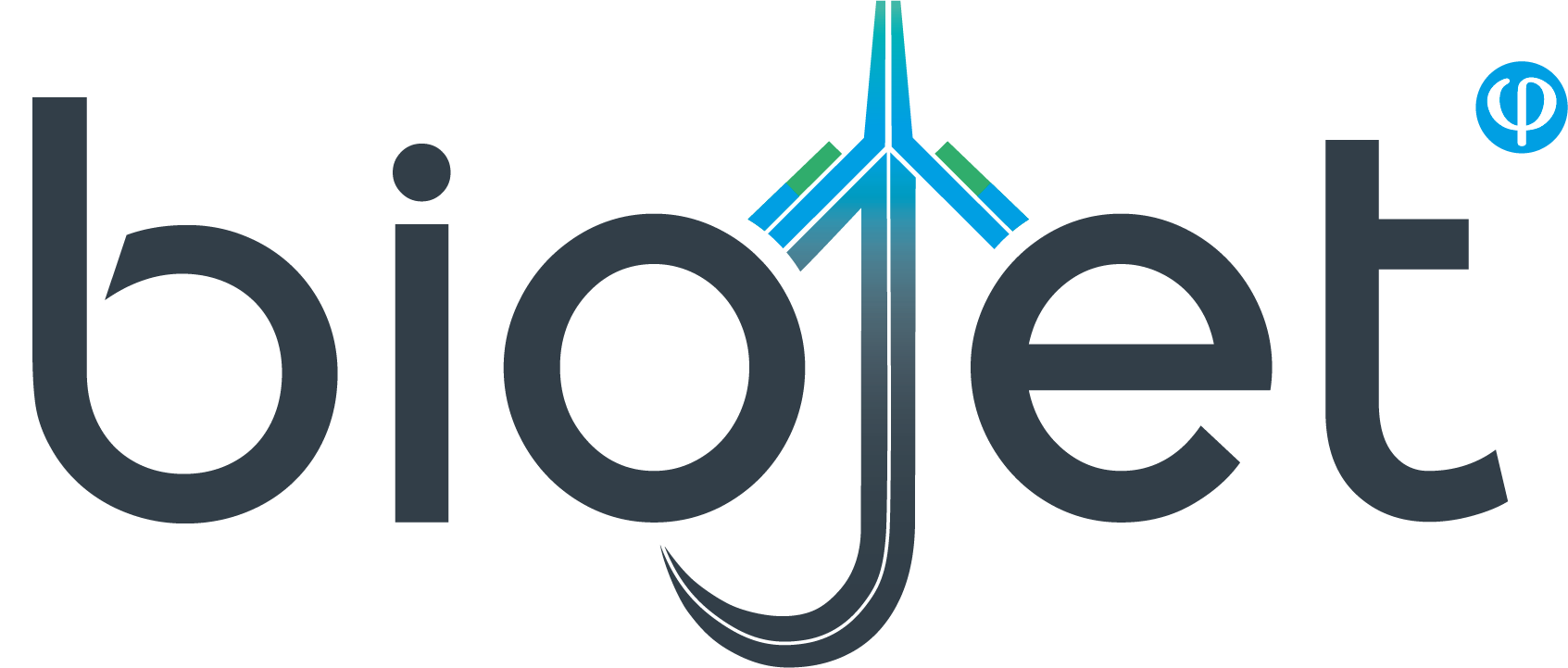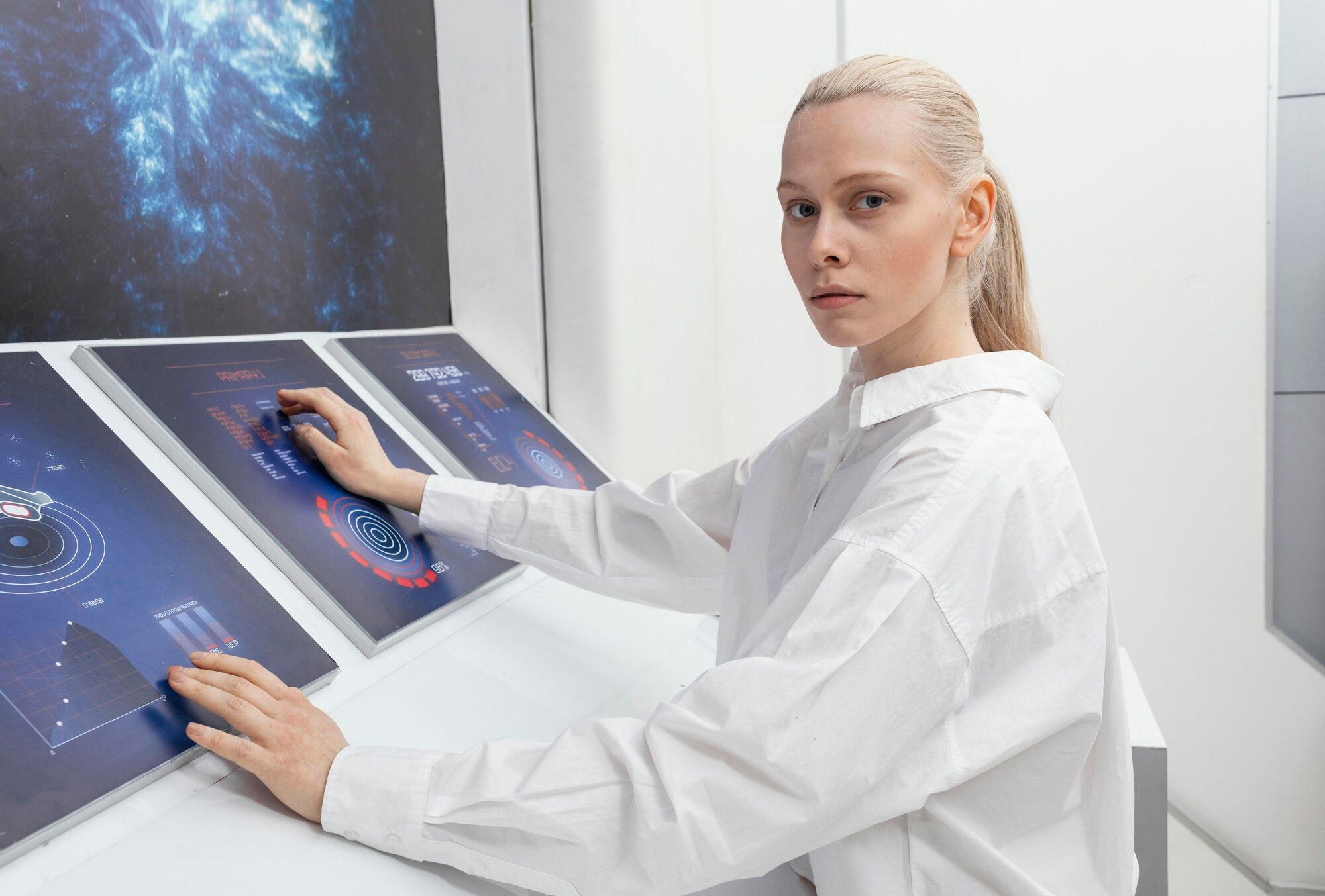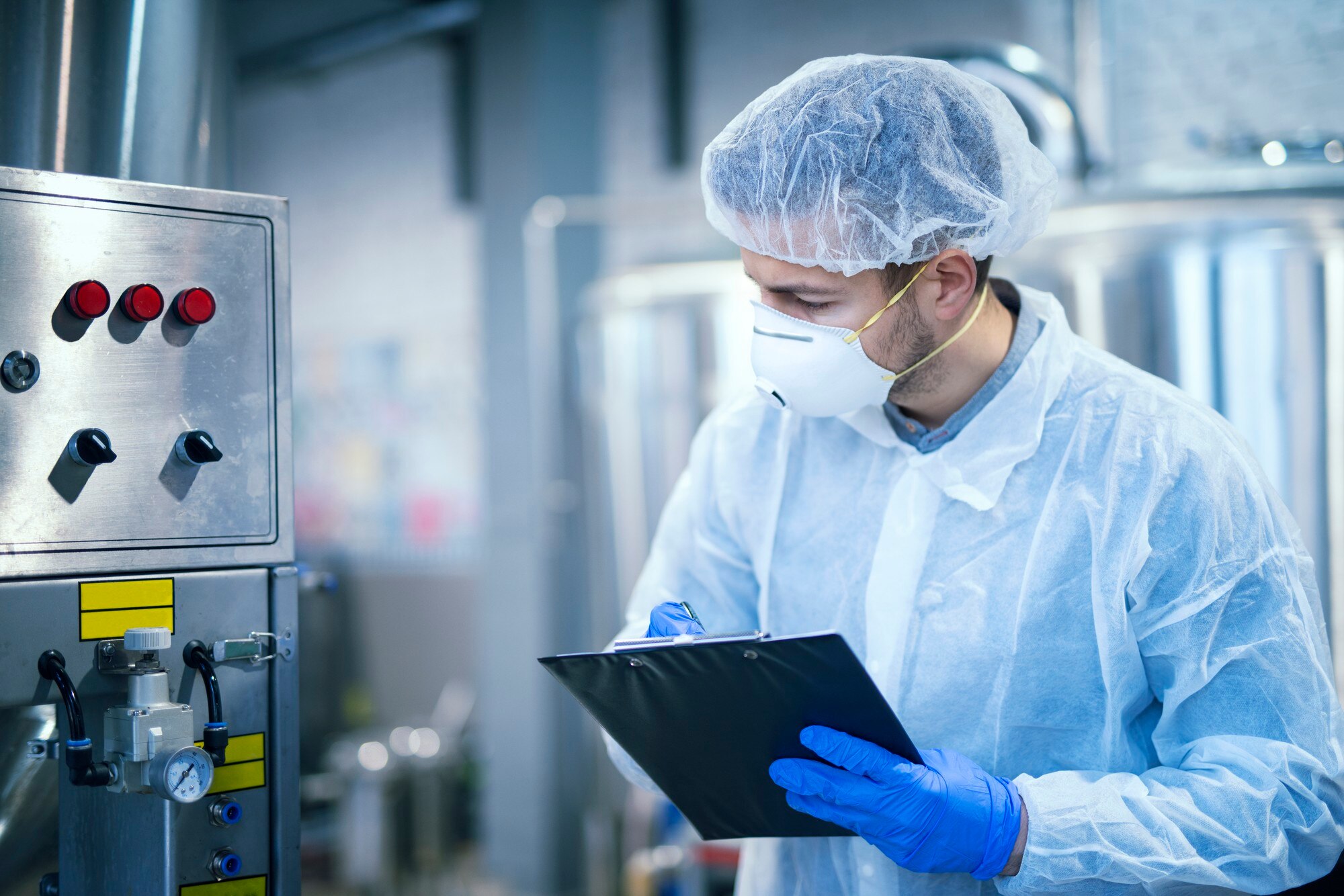The development of a full-cycle pharmaceutical industry in Russia is seen as the key to long-term drug security and the country’s technological sovereignty. Achieving this requires coordinated efforts among regulators, businesses, and the scientific community. GxP News explored which development priorities each side considers most important.
The geopolitical challenges of recent years have pushed the government to focus more closely on ensuring the nation’s pharmaceutical security. The term itself has now become firmly established not only in public discourse but also in official regulations. Formally, it is defined as “the state of protection of the national interests of the Russian Federation in ensuring citizens’ constitutional right to medical care through pharmaceutical sovereignty and scientific-technological leadership.”
This topic was discussed in depth during the session “Pharmaceutical Supply Management: Trends, Challenges, and Strategies” held as part of the 4th National Healthcare Congress.
Expanding Domestic Capabilities
Deputy Minister of Health of the Russian Federation Sergey Glagolev explained the ministry’s efforts to improve access to medicines.
“The accessibility of medicines for each patient cannot be separated from the broader goals of technological sovereignty and leadership,” he said. “It’s essential to preserve competencies and have the capacity to scale up — to create new medicines based on the technologies we already have within the country.”
According to Glagolev, the national project “New Health Preservation Technologies” serves as the foundation for expanding full-cycle domestic production. The Health Ministry has also developed regulations for hospital-based production of biotechnological drugs and is now preparing new acts governing the manufacture of personalized medicines and biomedical cellular products within hospitals.
He also mentioned plans to expand the authority of rural medical stations (FAPs). Those with pharmaceutical licenses will be able to dispense medicines in areas lacking pharmacies. Additionally, a project for mobile pharmacy units is in development. “All of this contributes to building a stable system of pharmaceutical supply,” Glagolev emphasized.
Science and Industry: A Strategic Alliance
Experts agreed that producing effective, high-quality drugs is impossible without close cooperation between the pharmaceutical industry and scientific institutions.
Valentina Kosenko, acting director of the Scientific Center for Expert Evaluation of Medicinal Products at the Ministry of Health, spoke about mechanisms for supporting and accelerating the implementation of promising research developments. She emphasized the importance of continuous expert guidance throughout all stages of pharmaceutical innovation — from idea to industrial production.
According to her, Russian science has sufficient technological potential to develop innovative drugs. “Since 2019, the number of projects involving industrial partners in the development of medical products has increased fivefold,” Kosenko said.
Many promising projects are now being developed in research institutions, largely thanks to the federal program “Medical Science for Humanity.” A prioritization system has been established to identify and fund the most significant projects at early stages — from preclinical studies to early clinical trials.
For three years, the Center for Medical Technology Transfer at the Scientific Center has served as a bridge between science and manufacturing. During this time, it has matched 18 industrial partners for drug development and 17 for medical device production.
Support and Balance in the Industry
Dmitry Galkin, Director of the Department for the Development of the Pharmaceutical and Medical Industry at the Ministry of Industry and Trade (Minpromtorg), also stressed the importance of collaboration between science and business. This synergy, he said, has led to new therapies across multiple therapeutic areas.
“In the past ten years, production volume has grown more than fourfold,” he noted, adding that Minpromtorg has created new measures to support innovation. Companies engaged in R&D will receive “financial backing from the state.”
However, Alisa Jangiryants, Deputy CEO for Market Access and Oncology at Swix Healthcare, pointed out that despite unprecedented government support, patient access to innovative drugs remains limited. The main reason, she said, is the slow revision of clinical guidelines, which lag behind pharmaceutical innovation. “There’s already a large pool of modern therapies, but they haven’t yet been incorporated into official clinical recommendations,” she noted.
Viktor Dmitriev, CEO of the Association of Russian Pharmaceutical Manufacturers (ARPM) and Chair of the Public Council under Roszdravnadzor, emphasized the need to maintain a balance between innovative drugs and everyday essential medicines.
“Although our goal is innovation, last year’s experience showed the importance of balance,” he said, citing a shortage of saline solution that only ended after a price re-registration. Dmitriev stressed the need to revise drug pricing methodologies, particularly for low-cost medications, to prevent shortages. Another pressing issue is the calculation of initial contract prices in public procurement, as unprofitable tenders discourage suppliers, ultimately leaving patients without necessary treatments.
Toward Sustainable Access and Quality
The session concluded with Konstantin Glebov, Head of the Department of Drug Supply Analysis at the National Medical Research Center for Phthisiopulmonology and Infectious Diseases, who emphasized that the current procurement system ensures accessibility, effectiveness, and safety for patients receiving drug therapy.
He urged manufacturers to find a balance between quality and affordability, noting that patients expect precisely that equilibrium.
Source: GxP News, October 27, 2025.








